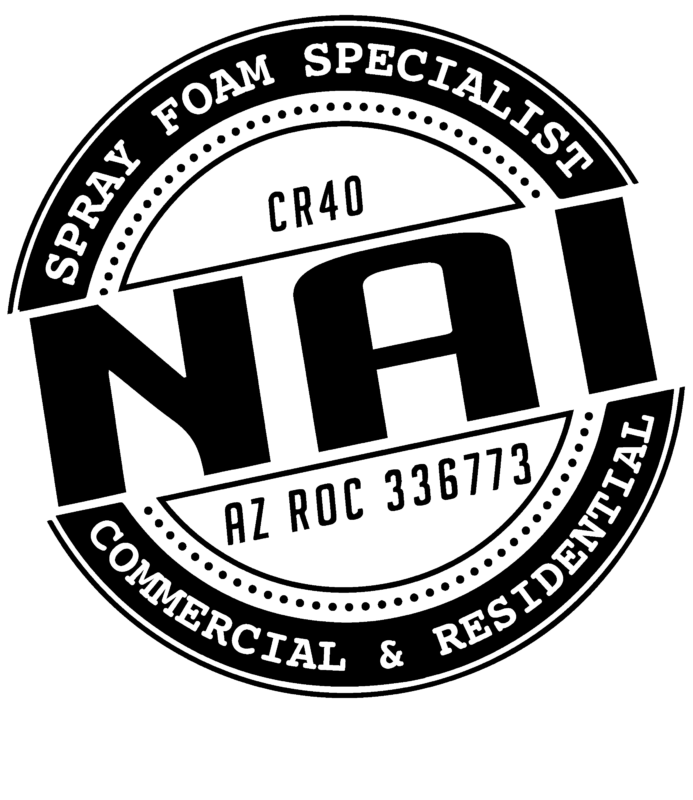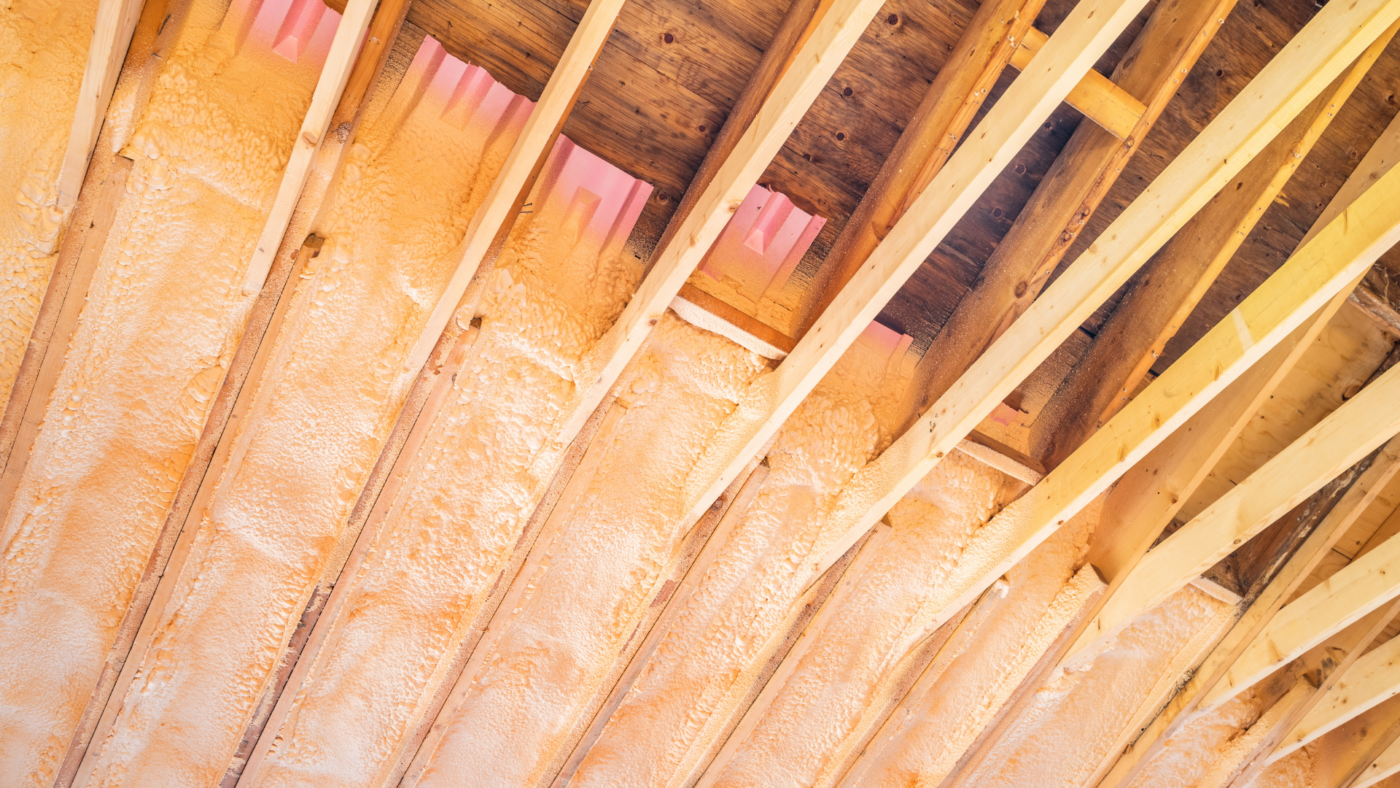When you think about making your home more energy-efficient, insulation is one of the first things that comes to mind. Specifically, spray foam insulation has become a go-to solution for homeowners in Anthem looking to maximize energy savings. It’s effective, durable, and can play a critical role in the results of a home energy audit. But how exactly does it work, and why is it so important? Let’s dig into the details of spray foam insulation and its impact on energy audits in Anthem homes.
Understanding Spray Foam Insulation
What is Spray Foam Insulation?
Spray foam insulation is a popular material used in homes to improve energy efficiency by sealing off air leaks and insulating surfaces. It’s applied as a liquid that expands into a foam, filling gaps, cracks, and crevices. Once it hardens, it creates an airtight barrier that helps keep your home warm in the winter and cool in the summer.
This insulation comes in two forms: open-cell and closed-cell. Open-cell spray foam is lighter and more flexible, making it perfect for filling spaces where movement might occur, such as around windows and doors. Closed-cell foam, on the other hand, is denser and provides a higher level of insulation. It’s often used in areas that need extra protection from the elements.
Benefits of Spray Foam Insulation
Spray foam insulation isn’t just a filler; it’s a powerful tool for improving home efficiency. Some of the key benefits include:
- Superior Insulation: Spray foam has one of the highest R-values (resistance to heat flow) among insulation materials, making it extremely effective at regulating temperature.
- Air Sealing: It seals gaps and cracks that other insulation types might miss, reducing air leakage and energy waste.
- Moisture Barrier: Spray foam also acts as a moisture barrier, which can help prevent mold and mildew.
- Soundproofing: It adds an extra layer of soundproofing, creating a quieter indoor environment.
Each of these benefits plays a significant role in your home’s overall energy performance, which is closely analyzed during a home energy audit.
How Spray Foam Insulation Affects Home Energy Audits
What Happens During a Home Energy Audit?
A home energy audit is an assessment of your home’s energy use and efficiency. An energy auditor will inspect different areas of your home, from your attic and walls to your windows and doors, to identify where energy is being lost. Tools like infrared cameras, blower doors, and other diagnostic equipment are used to find air leaks and insulation gaps.
At the end of the audit, the auditor provides a report that details areas where improvements can be made to reduce energy consumption and save on utility bills. This is where spray foam insulation comes into play.
The Role of Spray Foam in an Energy Audit
Spray foam insulation can make a significant difference in the results of a home energy audit. Homes that have properly installed spray foam insulation typically show:
- Fewer Air Leaks: One of the primary culprits in energy loss is air leakage. Spray foam’s ability to seal even the tiniest gaps ensures that your home retains more conditioned air, reducing the workload on your HVAC system.
- Improved Insulation Levels: The superior R-value of spray foam means better insulation performance. During an audit, this can be reflected in lower heat loss (or gain) in key areas like the attic or walls.
- Reduced Energy Waste: With fewer air leaks and better insulation, your home will waste less energy, leading to a more favorable audit report.
These improvements can translate to significant energy savings over time. According to the U.S. Department of Energy, properly insulating and sealing your home can save you up to 15% on heating and cooling costs.
Key Areas for Spray Foam Installation
Attics and Roofs
The attic is often one of the biggest sources of energy loss in a home. Heat rises, and without proper insulation, it escapes through the roof. Spray foam is particularly effective in attics, where it can seal around beams, ducts, and other obstacles, ensuring that no air escapes. Closed-cell foam is especially useful here, as it provides extra structural support as well as insulation.
Walls and Basements
Walls are another critical area for insulation, as they cover a large portion of your home’s surface area. Traditional insulation like fiberglass may leave gaps, but spray foam can fill these spaces completely, preventing air from seeping in or out.
In basements, where moisture can be a concern, closed-cell spray foam acts as both an insulator and a moisture barrier. This dual functionality is key in preventing issues like mold growth, which can compromise your home’s energy efficiency and indoor air quality.
Crawl Spaces and Foundations
Crawl spaces and foundations are often overlooked in terms of insulation, but they can be major sources of energy loss. Spray foam insulation can be applied to these areas to create a seal that keeps out cold air during the winter and hot air during the summer. This helps maintain a stable indoor temperature and reduces the strain on your HVAC system.
Long-Term Savings with Spray Foam Insulation
How Spray Foam Saves Money Over Time
While spray foam insulation can be more expensive upfront compared to other insulation materials, the long-term savings often outweigh the initial cost. Homes with spray foam insulation generally see:
- Lower Utility Bills: With less energy wasted, your heating and cooling systems work more efficiently, leading to lower utility bills month after month.
- Increased Home Value: Energy-efficient homes are more attractive to buyers, so investing in spray foam insulation can increase your home’s resale value.
- Reduced HVAC Wear and Tear: When your home is well-insulated, your HVAC system doesn’t have to work as hard, reducing the need for costly repairs and extending the life of your equipment.
Environmental Impact
In addition to saving you money, spray foam insulation can also help reduce your environmental impact. By cutting down on energy consumption, you’re contributing to lower carbon emissions. Plus, many spray foam products are made with environmentally friendly materials that have minimal impact on the planet.
Choosing the Right Spray Foam Insulation for Your Anthem Home
Factors to Consider
If you’re thinking about adding spray foam insulation to your home, there are a few factors to consider:
- Open-Cell vs. Closed-Cell: Depending on your needs and budget, you’ll need to choose between open-cell and closed-cell foam. Open-cell is typically more affordable, while closed-cell offers better insulation and moisture resistance.
- Professional Installation: Spray foam insulation should be installed by a professional to ensure it’s applied correctly. A poorly installed spray foam job can lead to gaps and air leaks, which defeats the purpose of the insulation.
- Local Climate: Anthem’s climate can range from hot summers to cooler winters, so it’s important to choose the right insulation that will perform well year-round.
Working with a Professional Installer
Choosing the right installer is crucial for getting the most out of your spray foam insulation. Look for a company with experience in the Anthem area and a reputation for quality work. They should be able to assess your home’s specific needs and recommend the best type of insulation for your situation.
Conclusion
Spray foam insulation is a game-changer for homeowners looking to improve their energy efficiency and get the most out of a home energy audit. By sealing off air leaks, providing superior insulation, and acting as a moisture barrier, spray foam can help you save money on energy bills while keeping your home comfortable year-round.
When considering spray foam insulation for your Anthem home, trust the experts at NAI Spray Foam to provide top-notch service and long-lasting results. With the right insulation in place, you’ll see the benefits not just during your next home energy audit, but for years to come.

